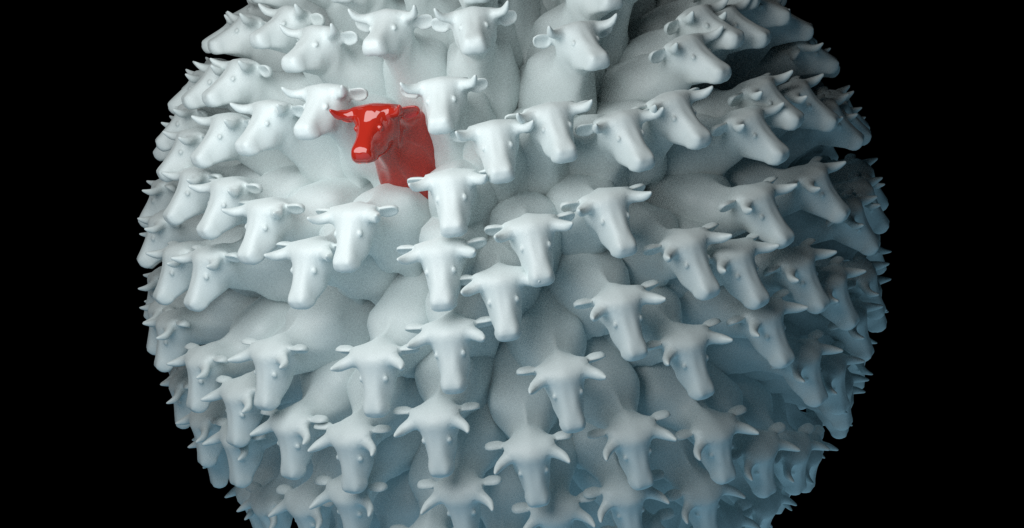
Author: John Haddon
0.56.0: New set expression operators
Gaffer allows scene locations to be organised into sets, and then uses a simple expression language to combine sets for use in light linking, shader assignments and the like. In this short post we’ll discuss a historical limitation of set expressions and present some useful improvements made in Gaffer 0.56.0.0.
Continue reading “0.56.0: New set expression operators”What’s cooking? : Spreadsheet node
A common pattern that arises in production is the “shot-specific branch switcher”, typically using a Switch or NameSwitch node to choose the right branch for the current shot. In the fictitious example below, this pattern is employed to select the right render settings per shot, with an ArnoldOptions and StandardOptions node on each branch.

Customising the NameSwitch node UI
Gaffer 0.55.0.0 introduces the NameSwitch node; like a Switch node, but using names instead of indices for switching between the inputs. This post shows an example of the NameSwitch in use, and describes how you might customise its UI to better suit your pipeline.
Continue reading “Customising the NameSwitch node UI”15th annual VES Awards

We’re thrilled to learn that Gaffer was a key lighting and rendering software for a VES nominated project! CG Supervisor Edmond Engelbrecht and the Image Engine team were nominated for Outstanding Created Environment in an Episode, Commercial, or Real-Time Project for their work on Game of Thrones; The Winds of Winter, with the procedural texturing, look development, and rendering for the Citadel environment produced using Gaffer.
Continue reading “15th annual VES Awards”Introduction to Gaffer – GafferBot lighting and lookDev
A video walkthrough of the tutorial from the Gaffer documentation.
SIGGRAPH and DigiPro 2016

The buzz surrounding Gaffer was pretty solid at Siggraph this year, thanks in part to our Gaffer paper, published and presented at DigiPro.
Continue reading “SIGGRAPH and DigiPro 2016”Gaffer: An open-source application framework for VFX
From: DigiPro ’16 Proceedings of the Symposium on Digital Production, 2016.

Gaffer: An open-source application framework for VFX
Source: The Association for Computing Machinery
Drag and drop objects to assign shaders
Because Gaffer is a procedural system, modifications to objects are made by applying nodes to the scene, using filters to determine which objects within the scene are affected by a particular node. Commonly a PathFilter is used to select all the objects whose names match a particular pattern. Patterns are powerful, but do rather keep you at arm’s length from the objects by referring to them by name rather than visually. There is another way…
Continue reading “Drag and drop objects to assign shaders”Appleseed and Gaffer: Interview with François Beaune
The BlenderDiplom website has a nice interview with Francois Beaune, developer of Appleseed, the open source renderer behind the short film “Fetch”.
Continue reading “Appleseed and Gaffer: Interview with François Beaune”